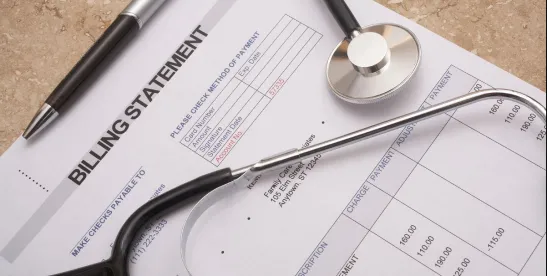On July 8, 2024, the Office of Inspector General (OIG) updated its General Questions on Fraud and Abuse Authorities (FAQs) related to the Anti-Kickback Statute (AKS) and the Beneficiary Inducement Prohibition of Civil Monetary Penalties Law (CMPL) with clarifications regarding waiving patients’ cost-sharing amounts pursuant to health care providers’ financial assistance policies. The new FAQs (FAQs #13-16) reiterate the OIG’s longstanding position that hospitals and other health care providers may provide financial assistance to Medicare and Medicaid beneficiaries on the basis of financial need. Of note, the OIG also provides some guidance on the distinction between marketing and advertising to patients as opposed to making patients aware about the availability of financial assistance, and this guidance may be useful in a variety of contexts beyond cost-sharing waivers.
Background on Waivers of Patients’ Cost-sharing Amounts
In the new FAQs, the OIG cites the AKS safe harbor and CMPL exception for waivers of cost-sharing amounts, which permits providers to waive patients’ cost-sharing amounts provided that the waivers are not routine, not advertised, and made on the basis of a good-faith, individualized assessment of financial need. The FAQs provide clarifying examples of how a health care providers may lawfully make their financial assistance policies known to the public. Under the CMPL, providers may waive coinsurance and deductible amounts so long as the provider does not routinely waive coinsurance and deductible amounts, the waiver is based on a good faith determination that the patient is in financial need, and the waiver is not offered as part of any advertisement or solicitation. The OIG has stated in a variety of contexts its view that advertising and marketing of arrangements involving remuneration from a provider to patients (e.g., waivers of cost-sharing amounts) generally increases fraud and abuse risk as it increases the likelihood that the remuneration is offered to induce patients to receive health care services from the provider. A common question raised is whether and how health care providers can ensure patients are aware of the availability of remuneration without inappropriately advertising and marketing the remuneration, and the FAQs provide important clarification on this point. In FAQ #14, the OIG makes a distinction between advertising and “making all patients aware,” stating that, for example, the OIG does not consider it an advertisement when a hospital posts its financial assistance policy on its website and suggests patients contact the billing department for more information. On the other hand, a notification on the hospital’s website that it offers “insurance only” billing to all patients would be an advertisement and present fraud and abuse risk. The OIG further explains that so long as the policy is acceptable (as described above), and the hospital provides patients with assistance pursuant to its policy, then it may communicate its policy on the hospital website, posters in the hospital’s public areas, and on mailed bills without posing risk.
Marketing and Advertising in Other Contexts
While the OIG’s commentary in the new FAQs is specific to financial assistance policies provided by health care providers, the guidance can be helpful in a variety of contexts. For instance, the AKS’s patient engagement and support safe harbor permits health care organizations to offer patient engagement tools and support to improve quality and health outcomes if a number of requirements are satisfied. By way of example, this safe harbor could be used to protect arrangements where health care providers provide patients with smart watches to monitor patient health, smart pill bottles, childcare during medical appointments, home modifications such as grab bars, and condition-specific groceries. However, one of the requirements of the safe harbor is that the arrangement cannot be used for marketing or patient recruitment purposes. The OIG’s recent guidance in FAQ #14 indicates that raising awareness about the availability of the patient engagement tool or support on the health care organization’s website, posters on-site, and on mailed bills would not be considered marketing by the OIG and thus low risk under the AKS and CMPL.





 />i
/>i
